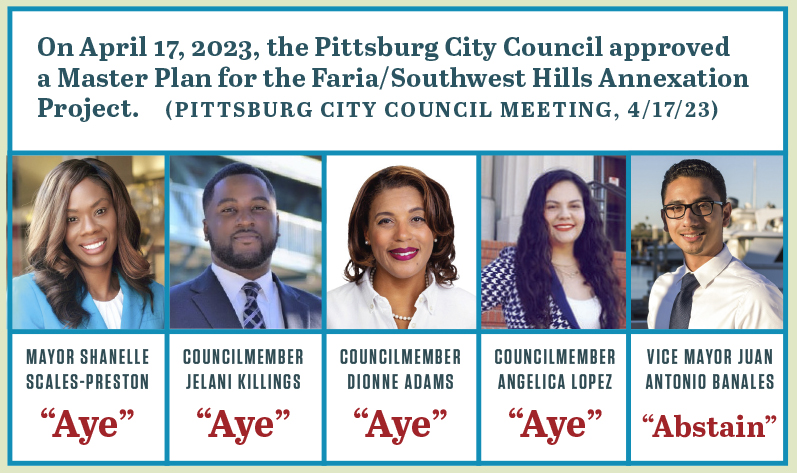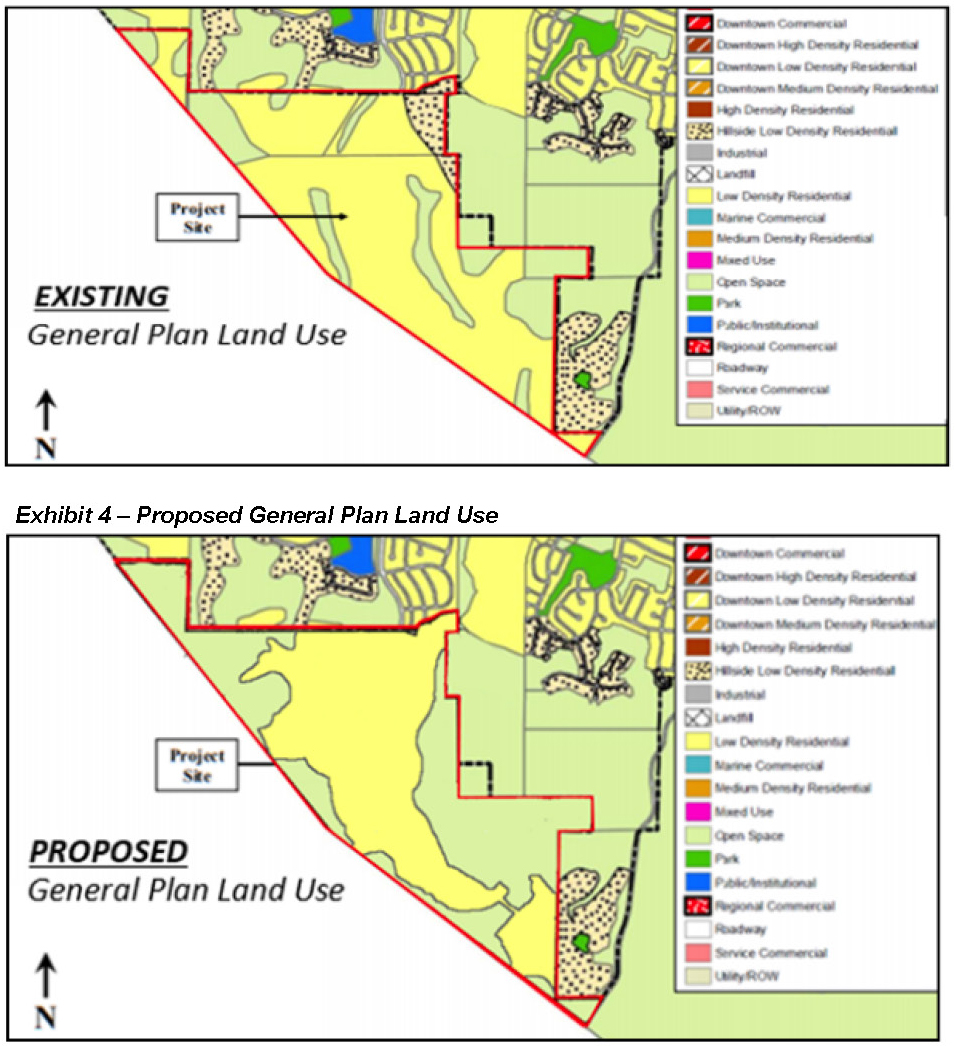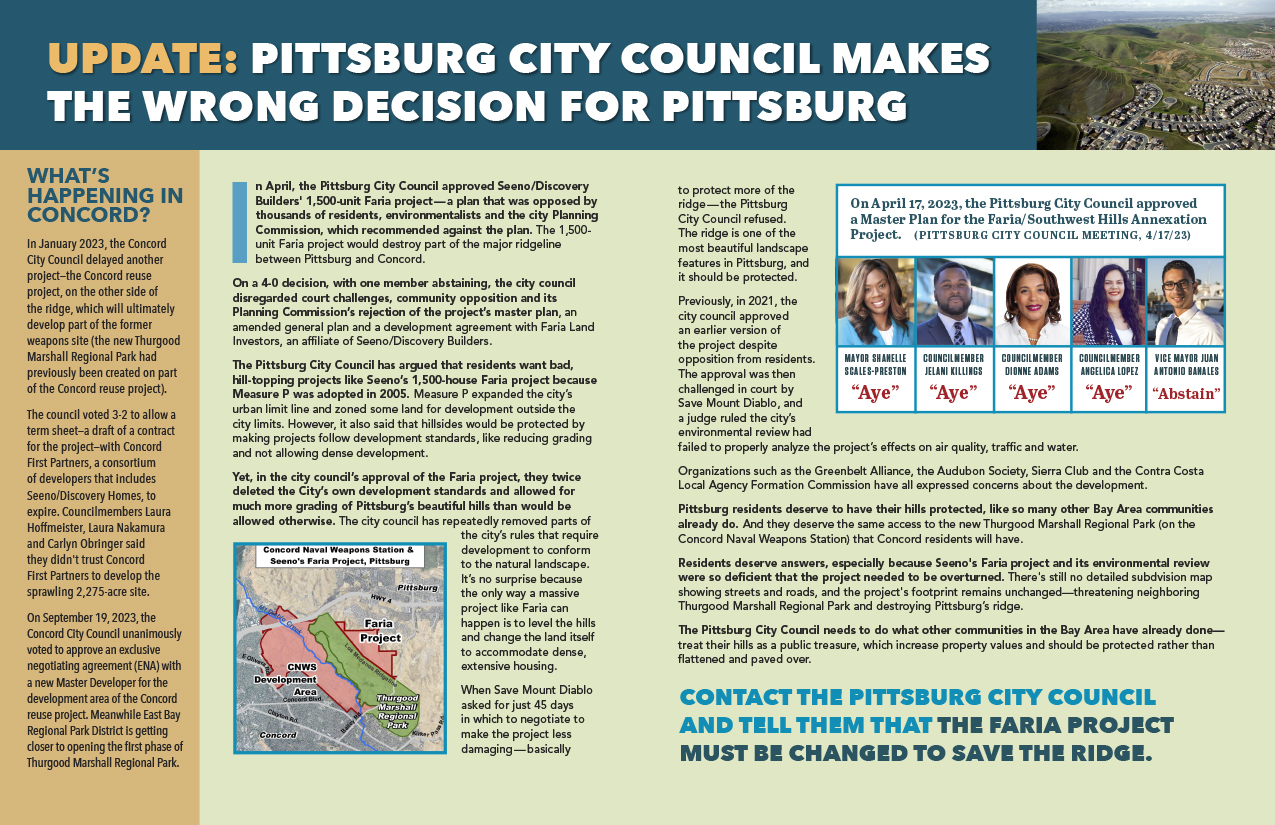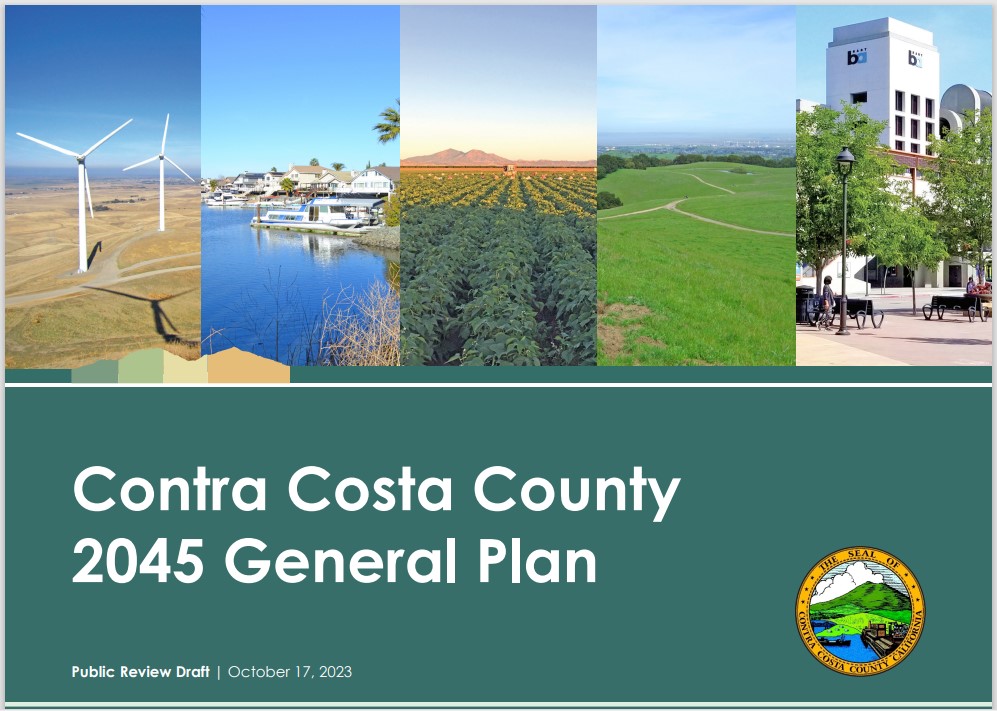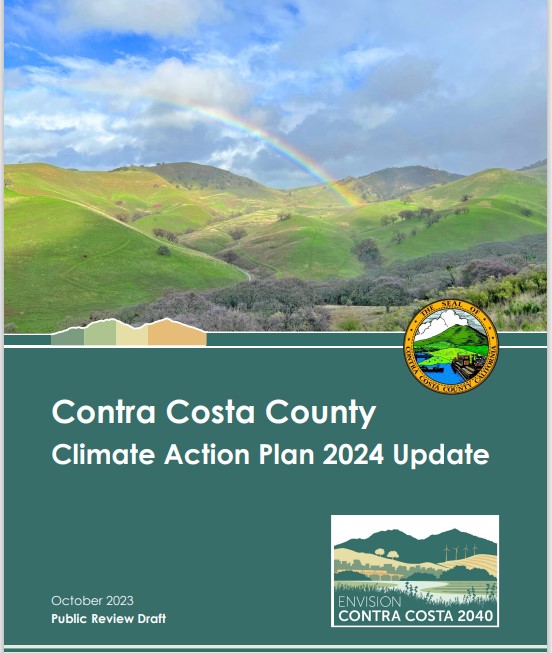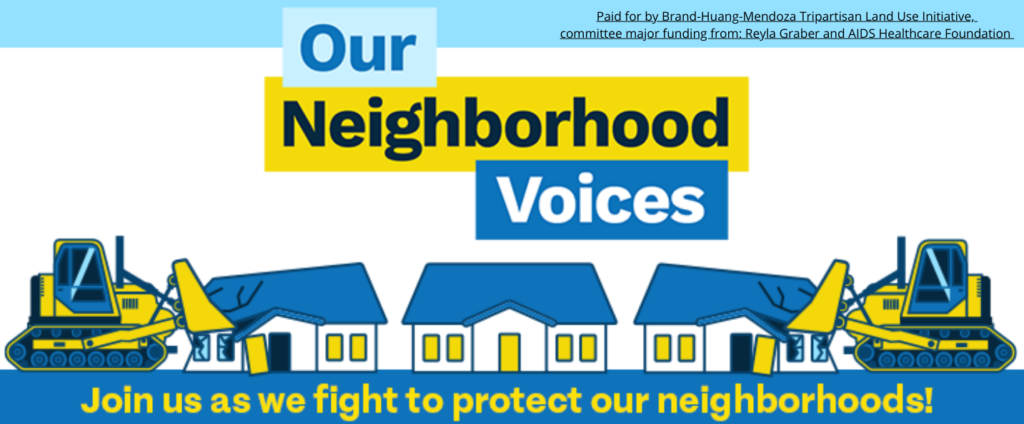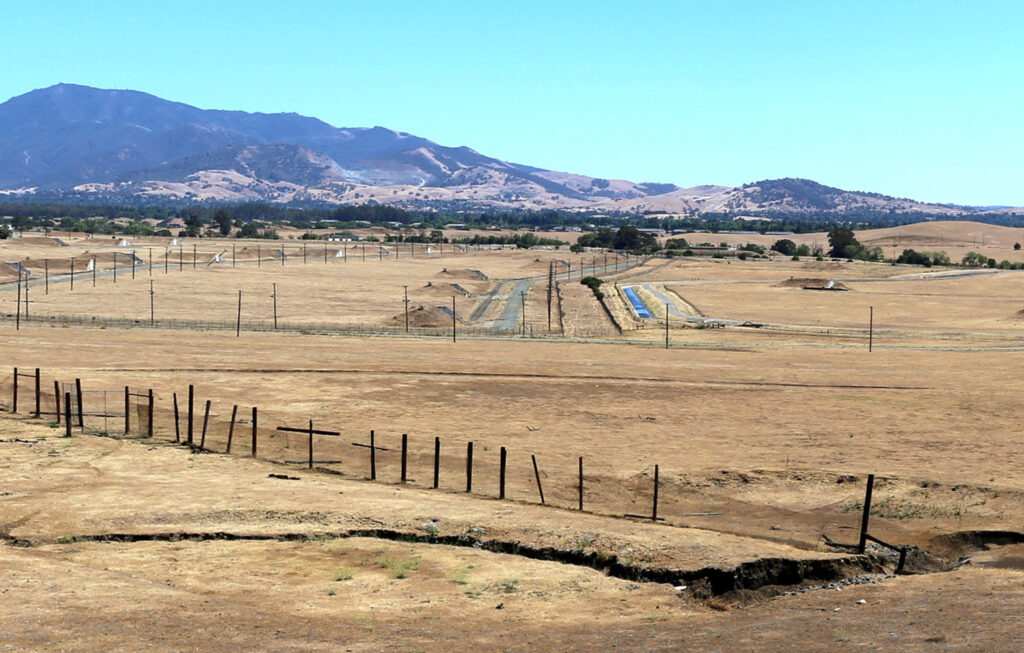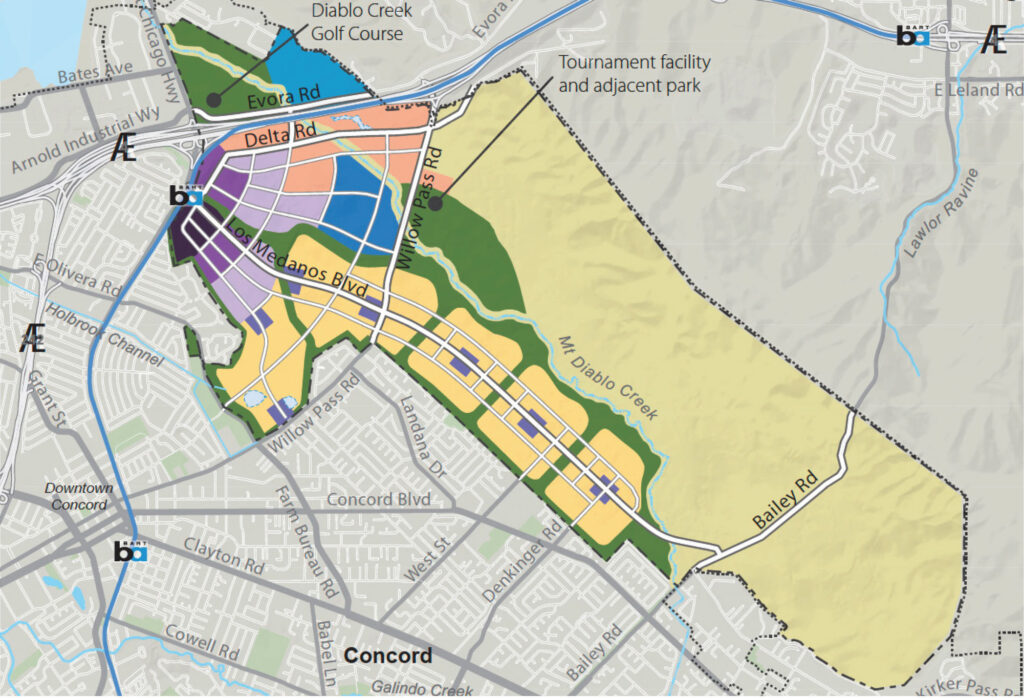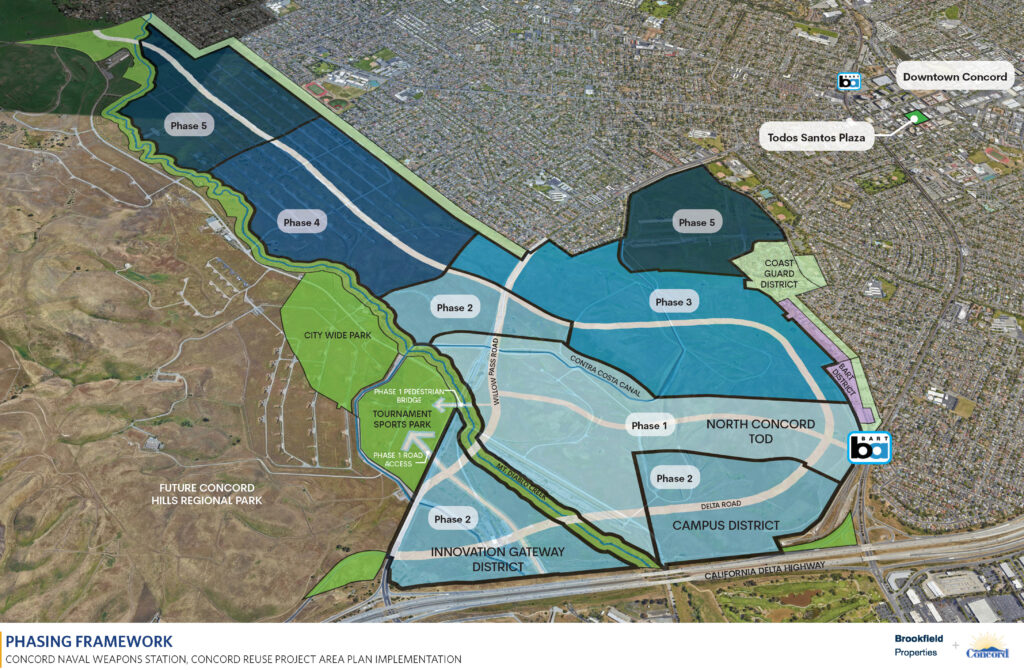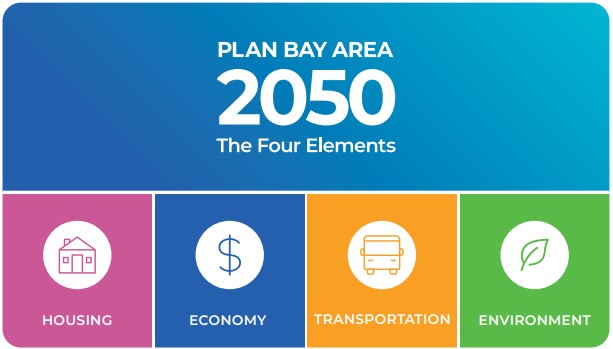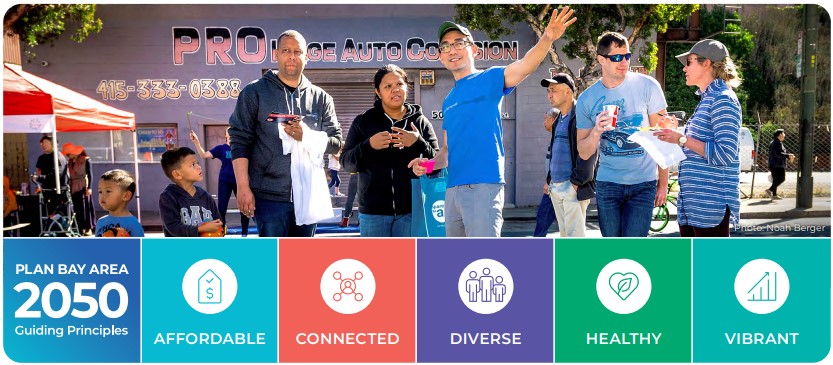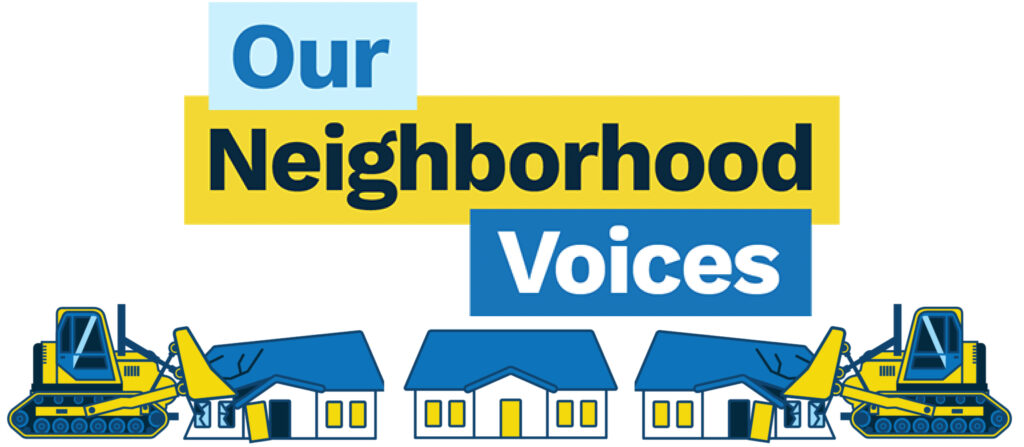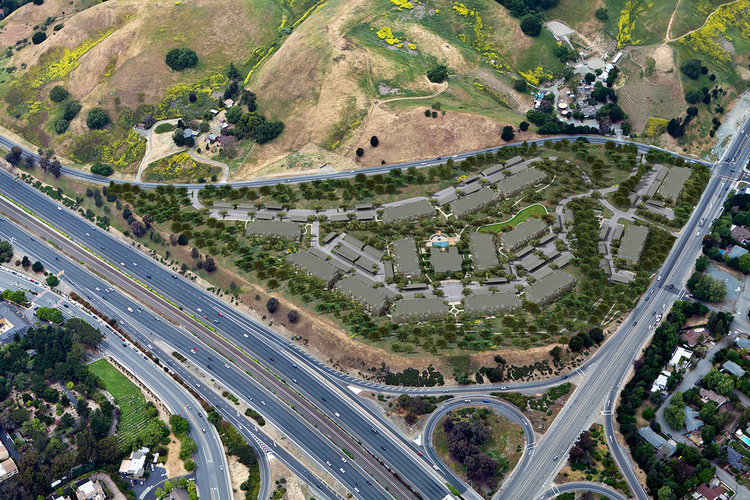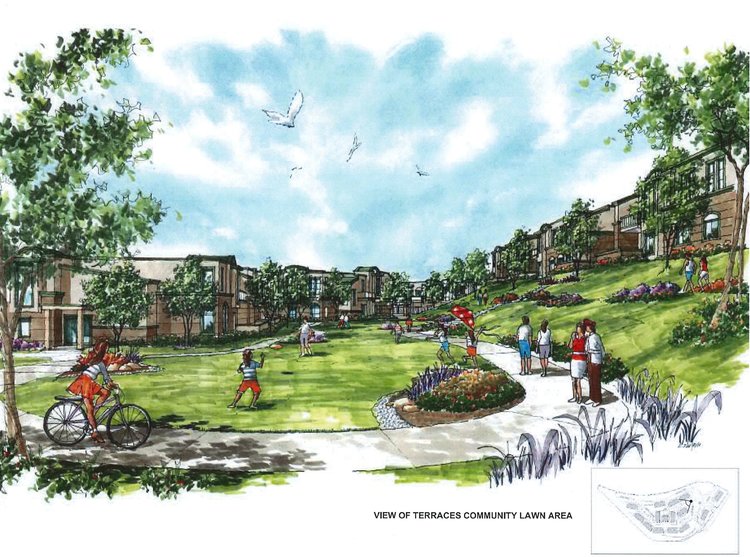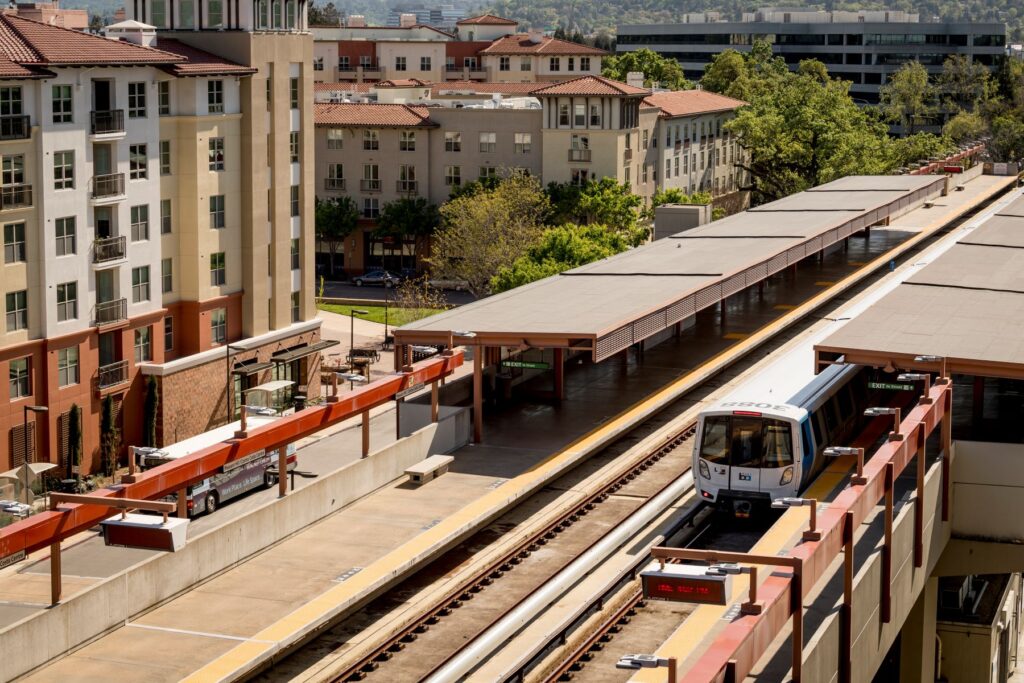Supervisors suspend all-electric requirements following U.S. Court of Appeals ruling
(Martinez, CA) – The Contra Costa County Board of Supervisors Tuesday suspended enforcement of its requirement that most new buildings be constructed as all-electric buildings. The County’s all-electric building requirement, as part of the County’s building code, had prohibited the installation of natural gas infrastructure in most new buildings and required developers to use electricity as the sole source of energy in the building. With Tuesday’s action, the County’s all-electric building requirement will not be enforced.
Last month, the U.S. Court of Appeals for the Ninth Circuit invalidated a City of Berkeley ordinance that prohibited natural gas infrastructure in new buildings. The court held that the federal Energy Policy and Conservation Act precludes cities and counties from adopting building codes that prohibit the installation of gas plumbing in buildings.
Contra Costa County’s all-electric building requirement, like the invalidated City of Berkeley ordinance, prohibits the installation of gas plumbing in new buildings. The County is therefore suspending this requirement in response to the Ninth Circuit’s decision.
At the same time, the Board of Supervisors remains committed to the goals that prompted it to adopt the all-electric requirement: improving public health and fighting what they believe contributes to climate change. The Board referred the topic of reducing greenhouse gas emissions from buildings to its Sustainability Committee and directed staff to report on alternatives for advancing this objective at the Committee’s next meeting.
“Contra Costa County remains committed to reducing the use of fossil fuels in buildings and continues to support the construction of new buildings using all-electric technologies. We are eager to identify new and innovative ways to continue to pursue our goal of reducing greenhouse gas emissions from buildings.” said Board Chair Federal D. Glover, District 5 Supervisor.
The County encourages residents and businesses to continue to install all-electric building systems and appliances. There are many benefits of all-electric construction, some of which include:
- Cleaner air and better health outcomes from eliminating the emissions associated with burning fossil fuels, particularly indoors.
- Not having to pay to install gas pipes in new buildings.
- Taking advantage of financial incentives and rebates for all-electric appliances.
- Resilience against power outages, particularly when electric technologies are paired with battery storage.
- Hedging against high electricity costs by being able to schedule electric appliances to operate at times of day when electricity costs are lowest.
- Preparing for the potential discontinuation of gas appliances in the future that could occur from possible regulatory actions by regional, state, or federal agencies.
There are many good resources on the benefits of all-electric buildings, including:
The County’s sustainability web site has information on state and federal incentives, rebates, and other ways to fund all-electric upgrades.
The Bay Area Regional Energy Network has information on training opportunities, rebates and incentives, and contractors.
MCE, the community choice energy provider for most of Contra Costa County, offers rebates and incentives.
The Switch Is On, sponsored by the Building Decarbonization Coalition, is a collaborative campaign to support all-electric home conversion by providing tools, support, and resources to Californians.
Rewiring America provides information about the benefits of all-electric technologies, and helps generate a personalized plan for individuals, including costs and savings.
PG&E also has resources on all-electric buildings, including rebates, incentives, rate plans, and design guides.
Allen D. Payton contributed to this report.



